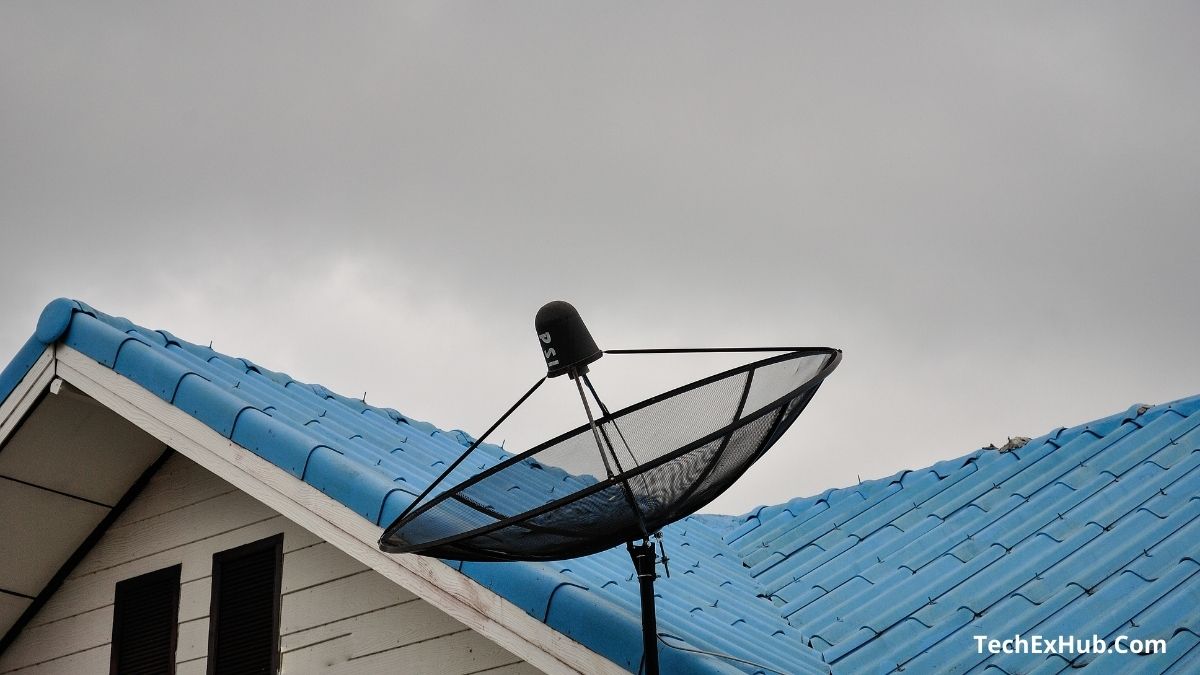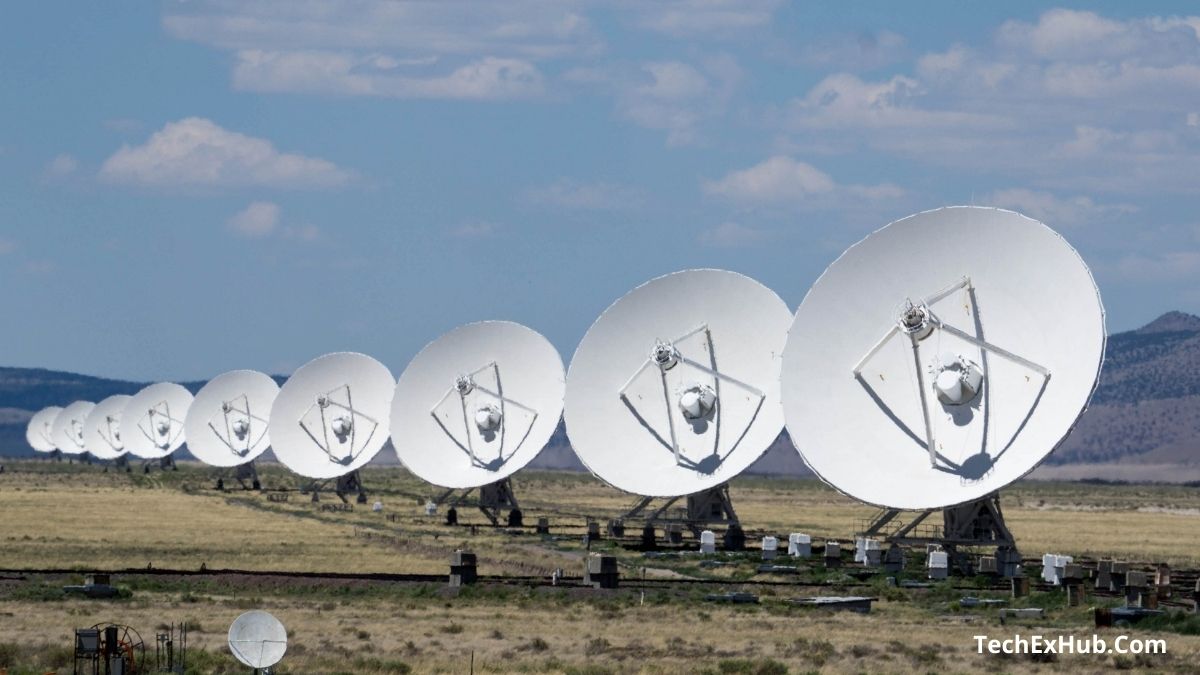Satellite digital broadcasting is nothing new and the ideas for doing so have been with us for a few years. From the earliest days of satellite radio, companies such as Dish Network have provided digital audio channels as part of their programs. The development of satellite radio popularity, however, has taken place recently, when technology has become more relaxed. Satellite radio was rare in moving parts, such as boats or cars, mainly because of the need for expensive equipment – a tracking vessel. This was a powerful obstacle that kept satellite radio from being widely known by the general public. Today, however, one can receive digital audio satellite broadcasts using a small antenna, such as a GPS. This has greatly improved the performance of satellite radio systems and more and more car owners are beginning to view satellite radio as a great source of music and news.
Table of Contents
Birth of satellite radio in the United States
While the U.S. The Federal Communications Commission (FCC) assigned a spectrum to the “S” group (2.3 GHz) for broadcasting digital radio services in 1992 and no one thought of the size of the program in the future. From the first Digital Audio Radio Service (DARS) things continued until two companies were granted digital radio broadcasting licenses in 1997. The two were American Mobile Radio (now known as XM Satellite Radio) and CD Radio (now called Sirius Satellite Radio). The fact that satellite radio nationwide makes it an attractive media station, both for nonprofit and nonprofit organizations. The two companies that started the construction of the satellite radio saw the great power they had because it was not restricted by the restrictions of other broadcasters around the world.
Benefits of using satellite radio
Here are some of the most significant benefits of having a satellite radio program:
- No location limitations – as the radio program is broadcast via satellite you do not have to change radio stations every time you leave a certain component.
- No traditional audio interference in FM and AM broadcasts. The transmission is as clear as crystal and satellite radio receives some important points when broadcast quality is displayed.
- Analog radio stations cannot broadcast the full range of audio available on digital satellite radio.
- Both XM Radio and Sirius Radio can be downloaded throughout the US and are also available in other parts of Canada and Mexico.
Satellite radio technology
The competition is fierce and customers have to “choose sides” in order to benefit from satellite radio broadcasting. You have to choose the company you like and buy enough recipients for a particular company. Both XM Radio and Sirius Radio offer their clients a variety of ways to access their services. A field where the most competition takes place in discussions with major car manufacturers. Both XM Radio and Sirius Radio are collaborating with major automotive industries to offer their services and equipment as voluntary to the car models they produce. Another partnership was created with audio equipment manufacturers, now offering satellite radio transceivers and similar headsets. The most recent shock in the satellite radio universe was caused by the production of portable MP3 players like satellites.
Future development of satellite radio
One of the major problems with satellite radio was discussed by major satellite broadcasters. As you need to be in line for satellite view to receive a transmission, various problems arose with the receivers of the mobile satellite radio, especially when various geological features hindered direct transmission. To address this, ground-based devices were installed to eliminate the lack of direct satellite transmission. Another interesting feature of satellite radio is that they approach their service delivery with a different perspective than traditional radio broadcasters. Instead of advertising, they charge a registration fee. For many people, this is actually the best option, because they get almost 100% content streaming (whether music or talk shows) except for 10-12 minutes per hour of annoying commercials. In most cases, the monthly subscription for satellite radio is $ 12.
Article Source
Techexhub requires writers All ways Show their article source to readers to discover more information on. These include white papers, original reporting and, interviews with industry experts. We also reference original research from other reputable publishers where appropriate.
- Wikipedia.com – broadcasting
- Wikipedia.com – Satellite radio
- Variety.com – Blues Foundation Teams With SiriusXM to ‘Power’ Bluesville



